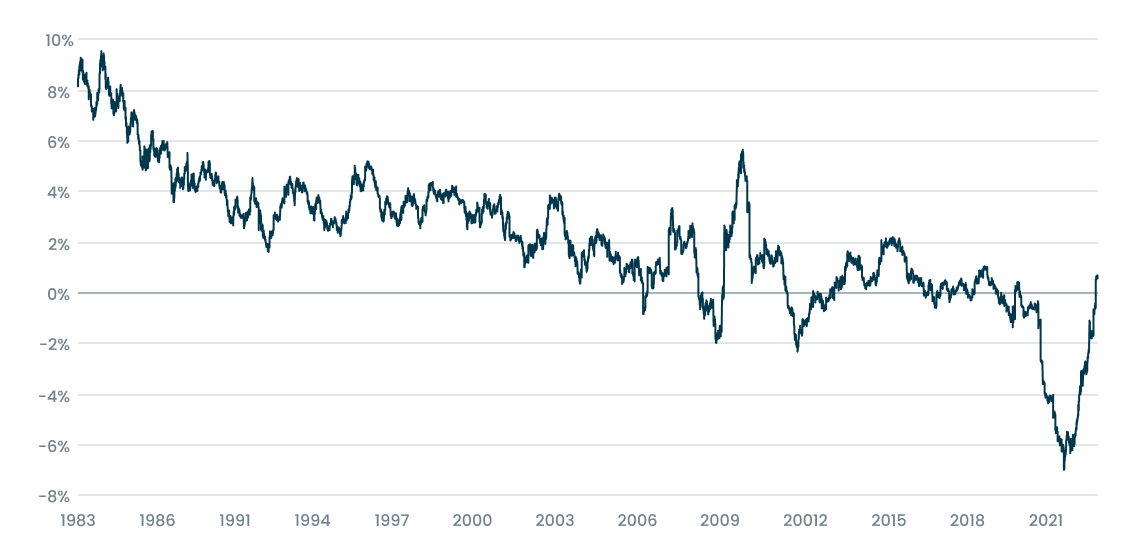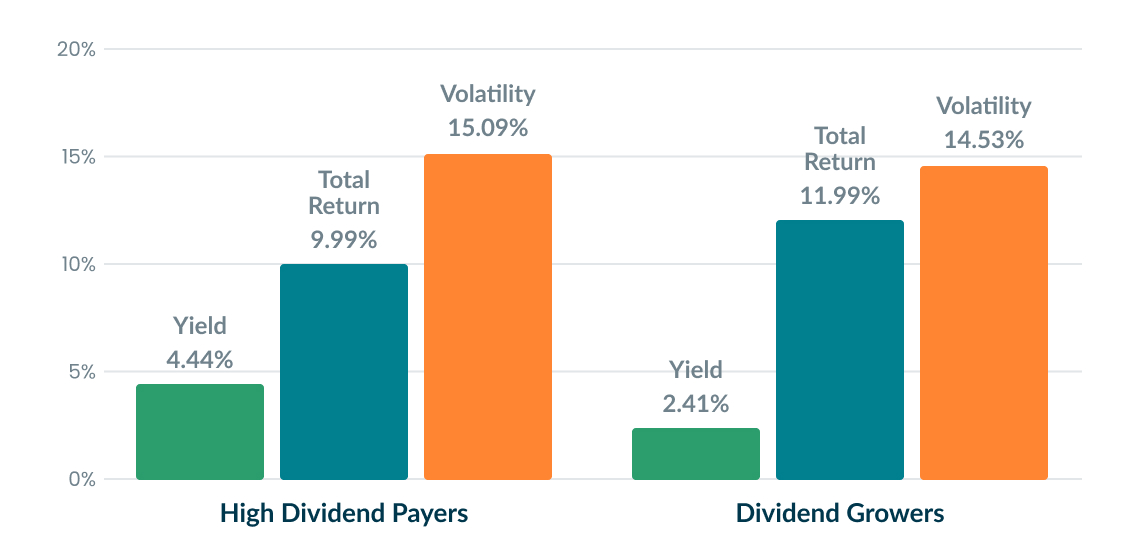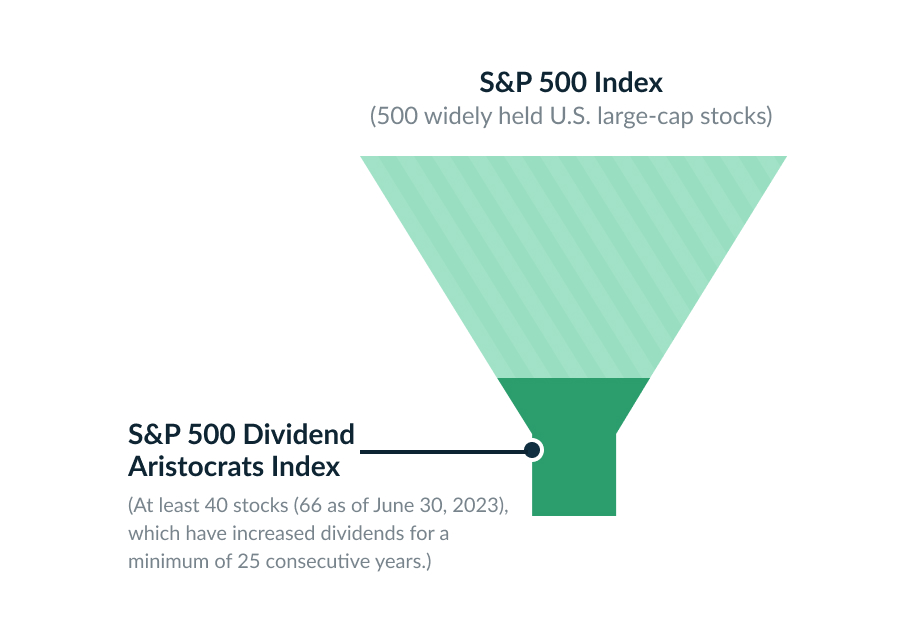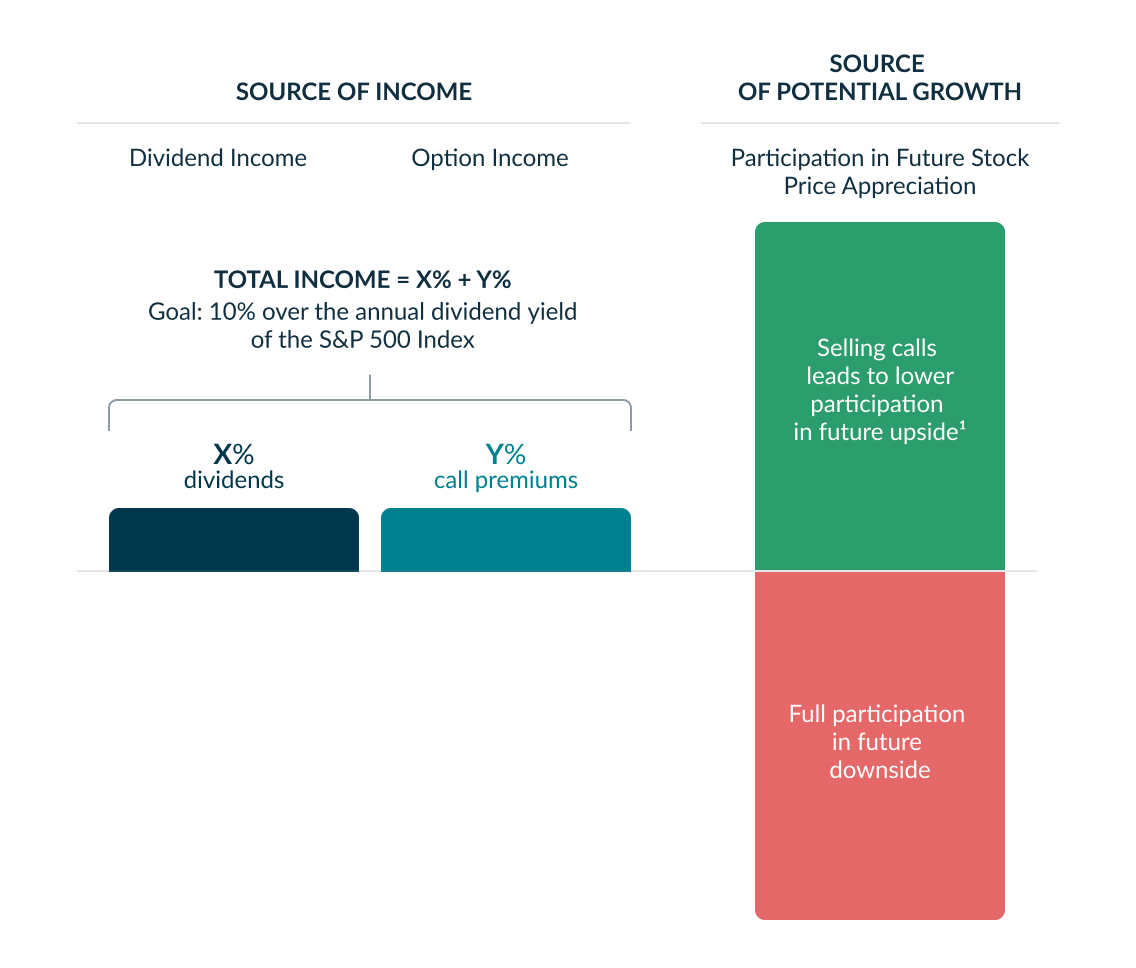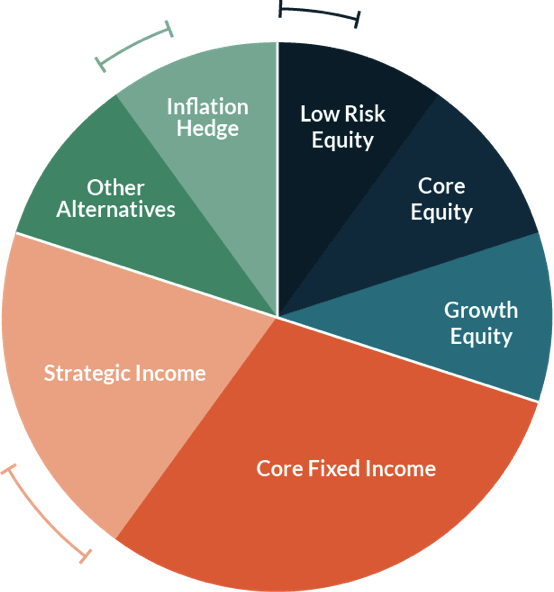Important Disclosures, Please Read
Investors should consider the investment
objectives, potential risks, management fees and charges and expenses carefully before
investing. This and other information is contained in the Fund’s prospectus, which may
be obtained online, or by calling 855-505-VEST (8378). Please read the prospectus
carefully before investing. Distributed by Foreside Fund Services, LLC, Portland, ME.
Member FINRA/SIPC.
View this firm's background on
FINRA's BrokerCheck.
On January 2, 2024, the Fund’s name changed from Cboe Vest S&P 500® Dividend Aristocrats Target Income Fund to Vest S&P 500® Dividend Aristocrats Target Income Fund. This is a change in name only; the Fund’s objective and principal investment strategy remain the same.
Any comments or statements made herein do not reflect the views of Vest Group Inc. or any of their subsidiaries or affiliates.
Definitions and Key Terms
Cboe S&P 500 Dividend Aristocrats Target Income Index (SPAI): The Index is designed with the primary goal of generating an annualized level of income that is approximately 10% over the annual dividend yield of the S&P 500 Index, and a secondary goal of generating price returns that are proportional to the price appreciation of the S&P 500 Index.
Cboe S&P 500 Dividend Aristocrats Target Income Index Monthly Series (SPATI): The Index is designed with the primary goal of generating an annualized level of income that is approximately 8% over the annual dividend yield of the S&P 500 Index and a secondary goal of generating price returns that are proportional to the price appreciation of the S&P 500 Index.
Covered call: A covered call is an options strategy whereby an investor holds a long position in a stock and sells (also referred to as "writes") call options on that same stock in an attempt to generate increased income from the stock. A covered call is also known as a "buy-write".
Dividend Growers are represented by the S&P 500 Dividend Aristocrats Index. S&P 500 Dividend Aristocrats measure the performance of S&P 500 companies that have increased dividends every year for the last 25 consecutive years. The Index treats each constituent as a distinct investment opportunity without regard to its size by equally weighting each company.
High Dividend Payers are represented by the Dow Jones U.S. Select Dividend Index, which aims to represent the U.S.’s leading stocks by dividend yield.
S&P 500 Index: The index includes 500 leading companies and captures approximately 80% coverage of available market capitalization. The index is widely regarded as the best single gauge of large-cap U.S. equities.
Strike price: A strike price is the price at which a specific derivative contract can be exercised. For call options, the strike price is where the security can be bought (up to the expiration date); for put options, the strike price is the price at which shares can be sold.
Risk Factors
Call Options Risk. Writing call options are speculative activities and entail greater than ordinary investment risks. The Fund’s use of derivatives, such as call options, can lead to losses because of adverse movements in the price or value of the underlying stock, which may be magnified by certain features of the options.
FLEX Options Risk. The Fund expects to utilize FLEX Options issued and guaranteed for settlement by the Options Clearing Corporation (OCC). The Fund bears the risk that the OCC will be unable or unwilling to perform its obligations under the FLEX Options contracts. Additionally, FLEX Options may be less liquid than certain other securities, such as standardized options.
Portfolio Turnover Risk. The Fund’s strategy will frequently involve buying and selling call options to generate premium income. High portfolio turnover may result in the Fund paying higher levels of transaction costs and generating greater tax liabilities for shareholders.
Please see the prospectus for more information regarding these and other risks associated with the Fund.
